Jiaqi He
Error Correction Code Transformer: From Non-Unified to Unified
Oct 04, 2024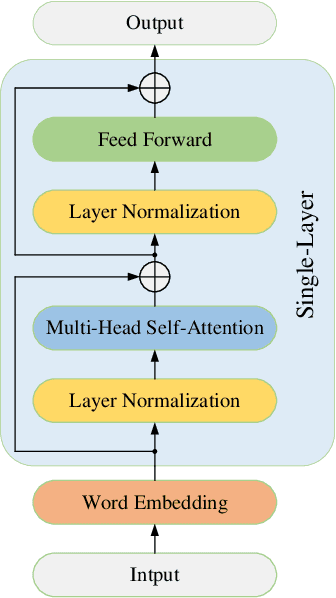

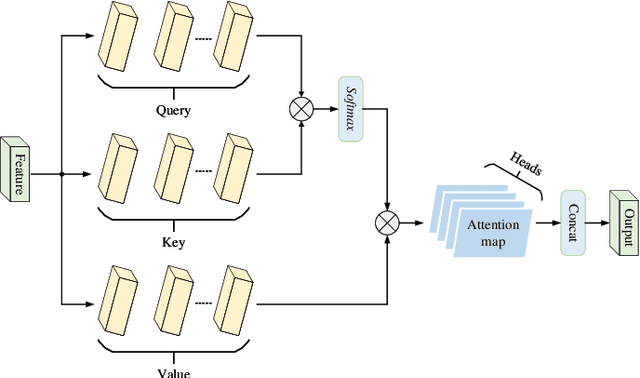

Abstract:Channel coding is vital for reliable data transmission in modern wireless systems, and its significance will increase with the emergence of sixth-generation (6G) networks, which will need to support various error correction codes. However, traditional decoders were typically designed as fixed hardware circuits tailored to specific decoding algorithms, leading to inefficiencies and limited flexibility. To address these challenges, this paper proposes a unified, code-agnostic Transformer-based decoding architecture capable of handling multiple linear block codes, including Polar, Low-Density Parity-Check (LDPC), and Bose-Chaudhuri-Hocquenghem (BCH), within a single framework. To achieve this, standardized units are employed to harmonize parameters across different code types, while the redesigned unified attention module compresses the structural information of various codewords. Additionally, a sparse mask, derived from the sparsity of the parity-check matrix, is introduced to enhance the model's ability to capture inherent constraints between information and parity-check bits, resulting in improved decoding accuracy and robustness. Extensive experimental results demonstrate that the proposed unified Transformer-based decoder not only outperforms existing methods but also provides a flexible, efficient, and high-performance solution for next-generation wireless communication systems.
Multiscale Sliced Wasserstein Distances as Perceptual Color Difference Measures
Jul 14, 2024



Abstract:Contemporary color difference (CD) measures for photographic images typically operate by comparing co-located pixels, patches in a ``perceptually uniform'' color space, or features in a learned latent space. Consequently, these measures inadequately capture the human color perception of misaligned image pairs, which are prevalent in digital photography (e.g., the same scene captured by different smartphones). In this paper, we describe a perceptual CD measure based on the multiscale sliced Wasserstein distance, which facilitates efficient comparisons between non-local patches of similar color and structure. This aligns with the modern understanding of color perception, where color and structure are inextricably interdependent as a unitary process of perceptual organization. Meanwhile, our method is easy to implement and training-free. Experimental results indicate that our CD measure performs favorably in assessing CDs in photographic images, and consistently surpasses competing models in the presence of image misalignment. Additionally, we empirically verify that our measure functions as a metric in the mathematical sense, and show its promise as a loss function for image and video color transfer tasks. The code is available at https://github.com/real-hjq/MS-SWD.
Regularized Recovery by Multi-order Partial Hypergraph Total Variation
Feb 19, 2021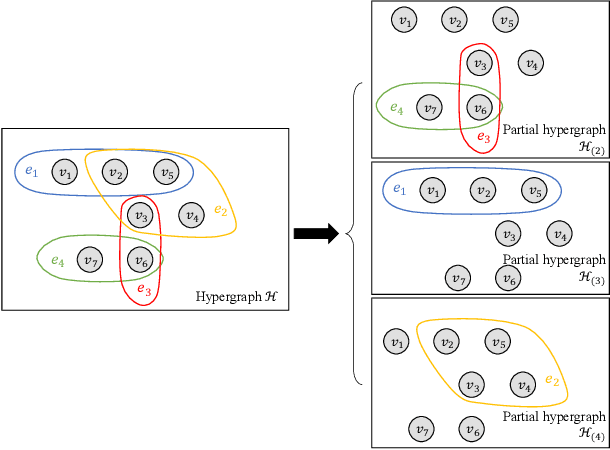
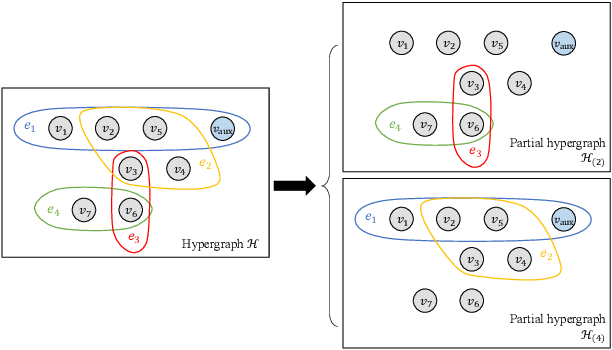
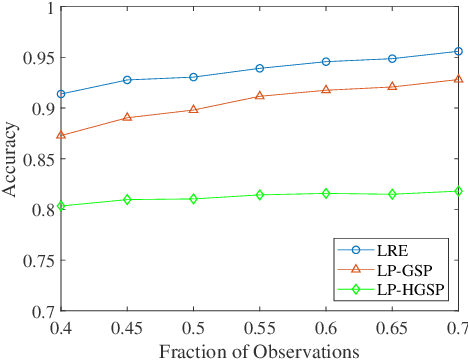
Abstract:Capturing complex high-order interactions among data is an important task in many scenarios. A common way to model high-order interactions is to use hypergraphs whose topology can be mathematically represented by tensors. Existing methods use a fixed-order tensor to describe the topology of the whole hypergraph, which ignores the divergence of different-order interactions. In this work, we take this divergence into consideration, and propose a multi-order hypergraph Laplacian and the corresponding total variation. Taking this total variation as a regularization term, we can utilize the topology information contained by it to smooth the hypergraph signal. This can help distinguish different-order interactions and represent high-order interactions accurately.
 Add to Chrome
Add to Chrome Add to Firefox
Add to Firefox Add to Edge
Add to Edge